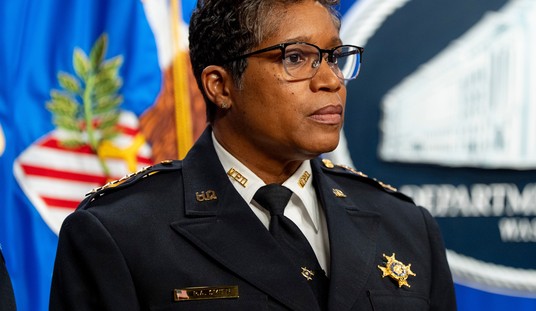Editor's note: This column was authored by Ross Marchand.
To say the least, America has a complicated relationship with its past. Hundreds of Confederate monuments dot town squares, mountains, and prominently-placed paintings, and recent tussles show we still have no idea how to deal with them. Dallas’s Confederate War Memorial (near City Hall) was recently deemed by the City Council as “non-contributing to the historic overlay district” in which it resides, and will probably be removed soon—at a cost of half-a-million dollars. Soon, one of Winston-Salem’s most prominent Confederate statues will also come down, amidst “public safety” concerns cited by Mayor Allen Joines.
To the majority of Americans whose families came to this country under four generations ago, the constant tug-of-war over Civil War monuments can feel bizarre. A drab statue of a bearded man in a hat may fill one passerby with pride, and the next with dread and racial terror. I’m a descendant of Ukrainian immigrants, and this particular American fight feels just foreign enough to be familiar.
Most Ukrainians, of course, wouldn’t react much to the old Confederate battle-flag or the sculpted likeness of General Robert E. Lee, but they would respond strongly to the hammer-and-sickle—the oppressive symbol of an occupying power that stymied the country for more than 70 years. To most Americans, the phrase “red terror” alludes to the fear and paranoia that gripped many citizens and politicians at the height of the Cold War. But to the citizens (and descendants) of countries behind the Iron Curtain, red terror made it all-but-impossible to get bread on the table, land a decent job, and speak your mind.
Residents are reminded of that era every day, as I saw a few years ago when I visited my ancestral country. The Soviet-era Motherland Monument stands more than 300 feet and looms over the capital of Kiev, featuring a brazen she-warrior hoisting a shield emblazoned with the dreaded hammer-and-sickle. Given the sheer size of the monument and relatively recent nature of Soviet atrocities, it may seem surprising that the statue remains erect. But, Ukraine took advantage of a sore subject in order to make history relevant to modern viewers.
Recommended
When residents and tourists climb up the hill to the plateau of the statue, they’re greeted by plaques and tanks that attest to recent Russian provocations in eastern Ukraine. The museum at the base of the statue is no longer a conduit for Soviet propaganda, but instead a discussion of Russian interference. Exhibits extolling the brave Russian troops in the aftermath of the “Great Patriotic War” against the Nazis have largely been replaced by testaments to Russian imperialism—then and now.
This is a far more powerful indictment than tearing down the memories. Sweeping history under the rug and hoping that people will forget about the statues, associated removals, and all of the ugly debate in between. What if American cities offered plaques and galleries close to major monuments bringing the “Lost Cause” depictions into the 21st century?
The impression that most Southerners have of General Lee, for instance, is hard to reconcile with what historians know today about the man. As it turns out, the brilliant tactician was also likely a cruel slave owner that “encouraged his overseers to severely beat slaves captured after trying to escape” according to historical records. A written explanation and/or gallery can capture this complexity far better than a blunt opportunistic removal by a city government.
Contextualizing the Lost Cause is not without precedent. In fact, one of Atlanta’s biggest monuments to the Confederate effort has been brilliantly retouched — and re-explained — to an eager public. The Atlantic contributor Daniel Judt explains how the giant mural known as the Atlanta Cyclorama is being used by historians and the city to tell the story of how mythology has enveloped Americans’ view of the Civil War. Visitors to the Atlanta History Center are treated to a “myths of the Civil War” exhibit before seeing the Cyclorama, as well as a film discussing how the mural has meant different things to different people at different times.
These sorts of nuanced explanations are befitting for an American public told many different things about our strange story. But the experience of other places in coming to terms with their bloodied pasts shows better ways to deal with these issues. Moving forward, Dallas and Winston-Salem should take a page from Kiev and Atlanta in finding a place for the past in the present. Removing these statues only adds intrigue to historical figures that don’t deserve to be whitewashed into oblivion. 154 years after the last shot was fired, America can finally make itself whole again—but first, it must come to terms with, not bury, it’s complicated past.
Ross Marchand is a Young Voices contributor.


